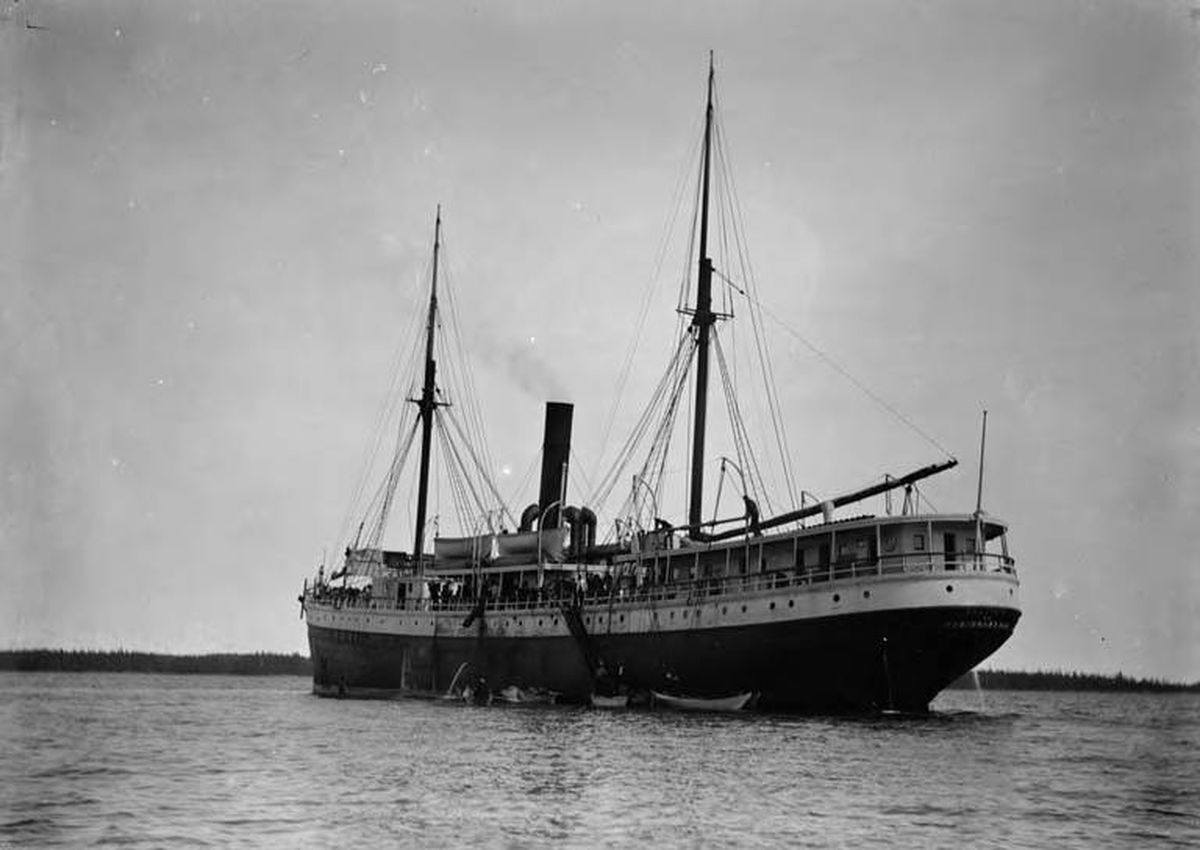A cheering throng of thousands met the SS Portland as it pulled up to Seattle’s Schwabacher Dock on July 17, 1897.
The Seattle Post-Intelligencer ran an extra edition that day with the details.
And the quicksilver genius of that simple phrase helped sell a nation on the idea that gold fever might indeed be a rational, practical path to a fortune.
By late 1888, it was carrying soldiers, guns and ammunition for the rebel Haitian General, and future president, Florvil Hyppolite.
On October 22, 1888, the Haitian man-o-war Dessalines seized the American-flagged Haytian Republic after it entered a closed port with a cargo of armed troops.
In 1890, the ship was sold and sailed around Cape Horn with the seemingly legitimate intent to service Alaska canneries.
So, for example, when the Haytian Republic was announced as delivering 1,200 tons of coal to Portland in August 1892, it may have instead delivered 1,200 pounds of opium.
For most Americans, its most scandalous cargo was not narcotics but Chinese laborers.
The new owners wisely took the opportunity to rechristen the steamer as the SS Portland, and by 1897, it was one of roughly two dozen ships working the Alaska coast.
The SS Excelsior reached San Francisco with a load of successful prospectors and gold two days before the Portland landed at Seattle.
He had time to board, interview the captain and some of the miners, transfer back to a tug, and return to Seattle two hours before the steamer arrived.
Another prospector, Joseph Cazla, with $30,000 worth of gold on him, claimed he had spent more than that on drinks in Dawson City.
For that small, isolated population, a wide-ranging system of cooperation was mutually beneficial and simple to maintain.
Within 10 days of the Portland’s arrival, more than a thousand individuals dreaming of gold had departed from Seattle, bound for the Klondike.
At the head of the White Pass Trail into Canada, Skagway essentially ballooned from a family homestead into a bustling town of roughly 10,000 transient residents.
Worst of all, those who reached the Klondike soon learned that the profitable sites had already been claimed.
The chase for gold then took him to Chisana before he washed up in Anchorage and became a member of its first city council.
Thirteen years after its most celebrated delivery, the Portland was still famous enough that newspapers around the country reported its demise.
With the onset of war in Europe, metal prices had more than doubled, even in areas far removed from the conflict, like Alaska.
The history, Seattle memorial, and the dissipating ruins at Katalla are all that’s left of a ship with a storied past and its lasting influence on the region.
His peer-reviewed articles include topics as diverse as baseball, housing discrimination, Alaska Jewish history and the English gin craze.
